
The Telecommunications Act of 1996 (1996 Telecom Act) expands the scope of universal service to include increased, affordable access to both telecommunications and advanced services, such as high-speed Internet, for all consumers. It promotes the availability of quality services at reasonable prices and is aimed at increasing access to advanced telecommunications throughout the country.
Read More1996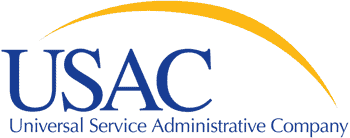

In 2001, with strong bipartisan support, Congress passes the No Child Left Behind Act (NCLB) to reauthorize ESEA (Elementary and Secondary Education Act). This prompts a push for anytime, anywhere access to data.
2001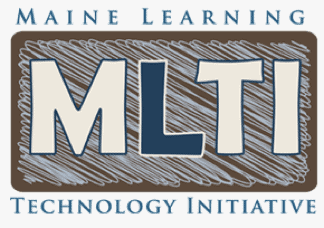
Maine becomes the first state to launch a statewide 1:1 student to device ratio computing program. With the Maine Learning Technology Initiative, Maine becomes the first state to provide a device to every 7th and 8th grader.
Read More2002
YouTube, now America's leading online video-sharing platform, is founded. This becomes the original platform for many edtech products and companies, including Khan Academy.
Read More2005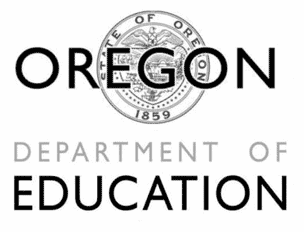
Large companies such as Google begin to offer free tools for the classroom. The Oregon Department of Education partners with Google to become the first state to fully adopt Google for Education.
Read More2010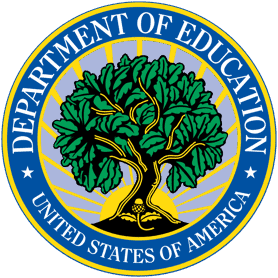
A nationwide connectivity survey hosted by the US Department of Education reveals that 21st-century classrooms need more broadband. New tools and programs such as Khan Academy (2008) are emerging, but teachers don't have enough bandwidth to effectively use online resources.
Read More2010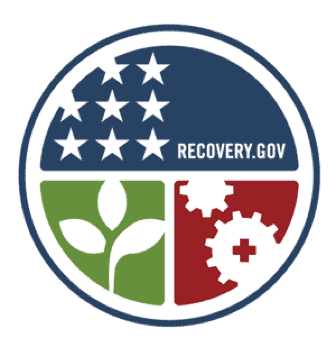
The Broadband Technology Opportunities Program contributes $4B into broadband expansion across the country; many states use the money to push their state-owned fiber networks out to schools.
Read More2012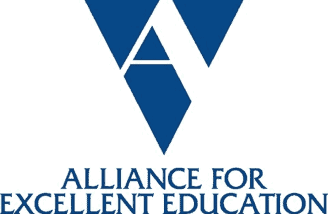
The Alliance for Excellent Education launches annual celebration of a national Digital Learning Day, which provides a powerful venue for education leaders to highlight great teaching practices. They also showcase innovative educators and instructional technology programs that improve student outcomes.
Read More2012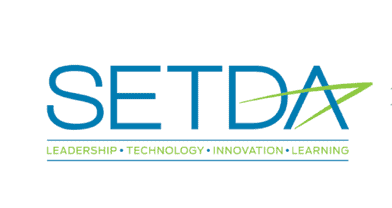
SETDA (State Educational Technology Directors Association) releases the Broadband Imperative Report, which sets a now widely-shared standard of 100 kilobits per second (kbps) per student as a 2014 bandwidth minimum and 1 Megabits per second (Mbps) per student as a 2018 bandwidth minimum.
Read More2012
ConnectED moves state testing online. This further highlights the need for classroom broadband.
Read More2013
The Alliance for Excellent Education introduces the Future Ready initiative and framework with the belief that technology is a necessary tool for equity. The effort aims to support school districts in creating personalized and technology-backed learning experiences for all students.
Read More2013
EducationSuperHighway and various EdLiNC organizations begin to submit comments and data to advocate for a modernized E-rate program.
Read More2013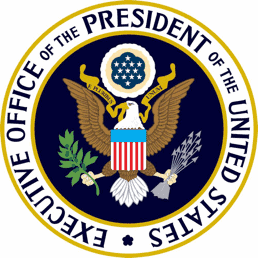
President Obama calls upon the private sector to work with government and nonprofits to ensure kids can leverage technology tools and products. Many companies respond by donating hardware, software, professional development resources, and digital content to schools.
Read More2014
The FCC modernizes the federal E-rate program. Through this, broadband data becomes publicly available. It also creates funding for fiber infrastructure build-outs and establishes fiber as a standard for schools.
Read More2014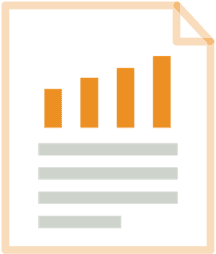
EducationSuperHighway releases the first State of the States report to inform governors on the status of K-12 broadband in their states.
Read More2015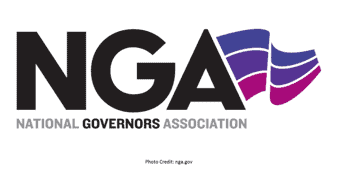
The National Governors Association partners with EducationSuperHighway to host the Policy Academy. Six states join to discuss the state of K-12 broadband: Arizona, Illinois, Maryland, Oklahoma, Oregon, and Wyoming.
Read More2016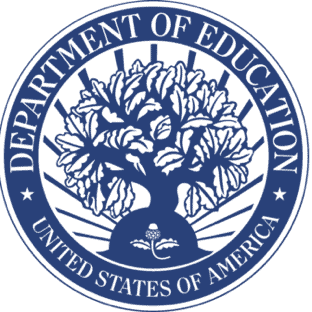
By 2016, over 3,100 superintendents across the country have signed on to commit to the Future Ready Pledge that was initiated in 2014.
Read More2016
Arkansas is the first state to connect 100% of their schools on fiber.
Read More2017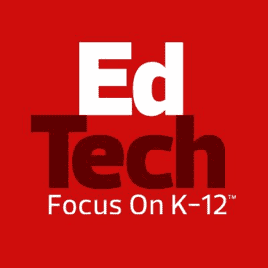
EdTech magazine reports that over 50% of teachers are using 1:1 computing.
Read More2017
CoSN, SHLB, Funds for Learning, and EducationSuperHighway work together to submit comments to the FCC to make the Category 2 program permanent. Chairman Pai approves permanent Category 2 budgets for schools to purchase internal network equipment and services. Earlier advocacy related to unfair program delays and denials speeds up the fiber construction approval process for hundreds of school districts.
Read More2019
87% of teachers say they use digital learning tools at least a few days a week.
92% of administrators agree that they see great value in using digital learning tools in the classroom.
96% of students in 3rd-5th grade say they use digital learning tools to learn some or a lot of the time in class.
(Newschools Gallup Study)
Read More2019
99% of public K-12 schools in America are connected to high-speed Internet.
Read More2019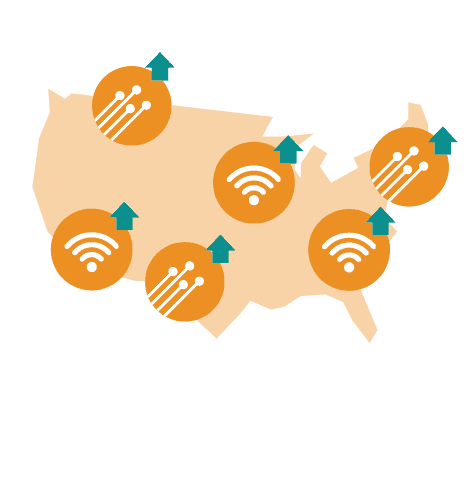
All 50 states see improvement in connectivity. Nearly every state has connected 98% or more of their schools to fiber infrastructure and students to the minimum bandwidth of 100 kbps per student.
Read More2020USDE’s nationwide survey shows that students lack access to adequate broadband. For example, students from Santa Fe High School wrote to Sal Khan expressing their frustration with slow Internet. They explained how they believed they would learn more, and have access to more opportunity, with better Internet connections.
President Obama announced the support from Apple, Microsoft, Sprint and Verizon to deliver on the promise to our nation’s students.
The National Governors Association partners with EducationSuperHighway to host the Policy Academy. Six states join to discuss the state of K-12 broadband: Arizona, Illinois, Maryland, Oklahoma, Oregon, and Wyoming.
Arkansas is the first state to provide enough bandwidth to make digital learning a reality in every classroom, every day.
The community of Woodman, Montana writes letters to their representatives to advocate for upgraded Internet and technology equipment. Students share powerful reasons why they need access to technology to stand a fighting chance at success in high school, and beyond.
of teachers say they use digital learning tools at least a few days a week
of administrators agree that they see great value in using digital learning tools in the classroom
of students in 3rd-5th grade say they use digital learning tools to learn some or a lot of the time in class
(Newschools Gallup Study)